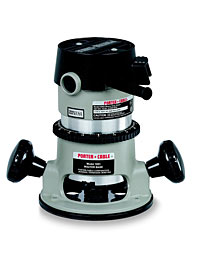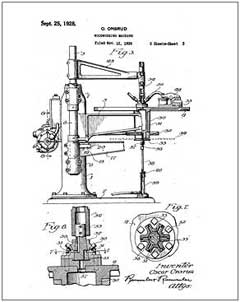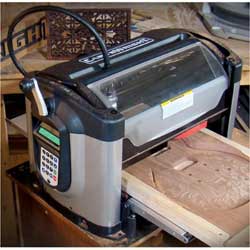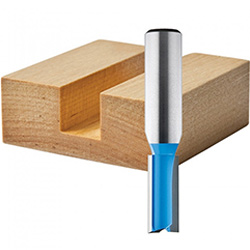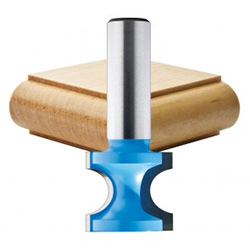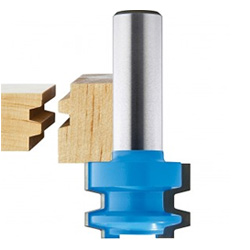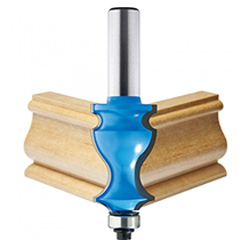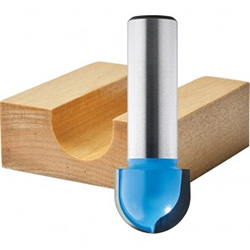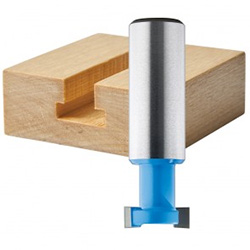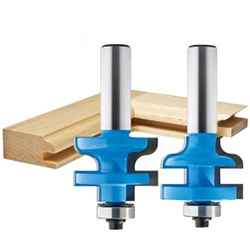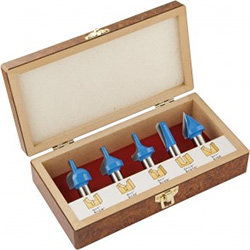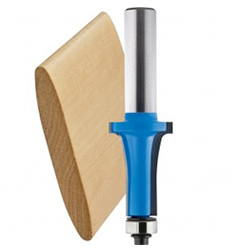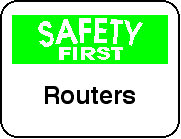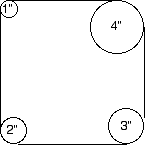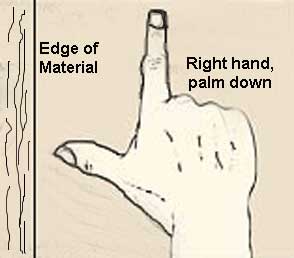
"Helping woodworkers online for over 20 years"
Routers
| Routers
have become one of the most used tools in a workshop, possibly even
more popular than a table saw. A well equiped shop will have both a
plunge base and a fixed base router, it is now possible to get a
combination kit where one machine has both bases. There are many
different bit profiles available, probably a straight bit and a round
over bit are the first ones you will need, but this depends on the type
of projects you will be doing. It is much easier to work with smaller
pieces if the router is mounted on a table. Generally much better
results are achieved by taking several passes making shallow cuts
rather than one pass if a lot of material has to be removed.
Basic Router
Plunge Router
Combo Packages
Overhead Routers
Router Bits
|
Router Accessories Router Tables Router Lifts Jigs to make Round Corner Template
Round over corners on a square of hardboard or plywood in incremental diameters, then clamp to material and use with a ball bearing pattern bit. Using a TemplateTo use a template the easiest way is to use either a pattern bit or a bushing the same diameter as the cutter, to trim an outside edge use the outside edge of the template. To trim an inside edge use the inside of the template. The drawing below demonstrates how following the opposite edge will result in a cut with a different radius.
Router Direction
A router must travel in the right direction so the bit cuts properly. An easy guide is to lay your right hand palm down with your thumb touching the edge of the material, your index finger will point in the direction to move the router. When using a table lay your hand palm up and your index finger will point in the way to move material.
|
Back to Home
